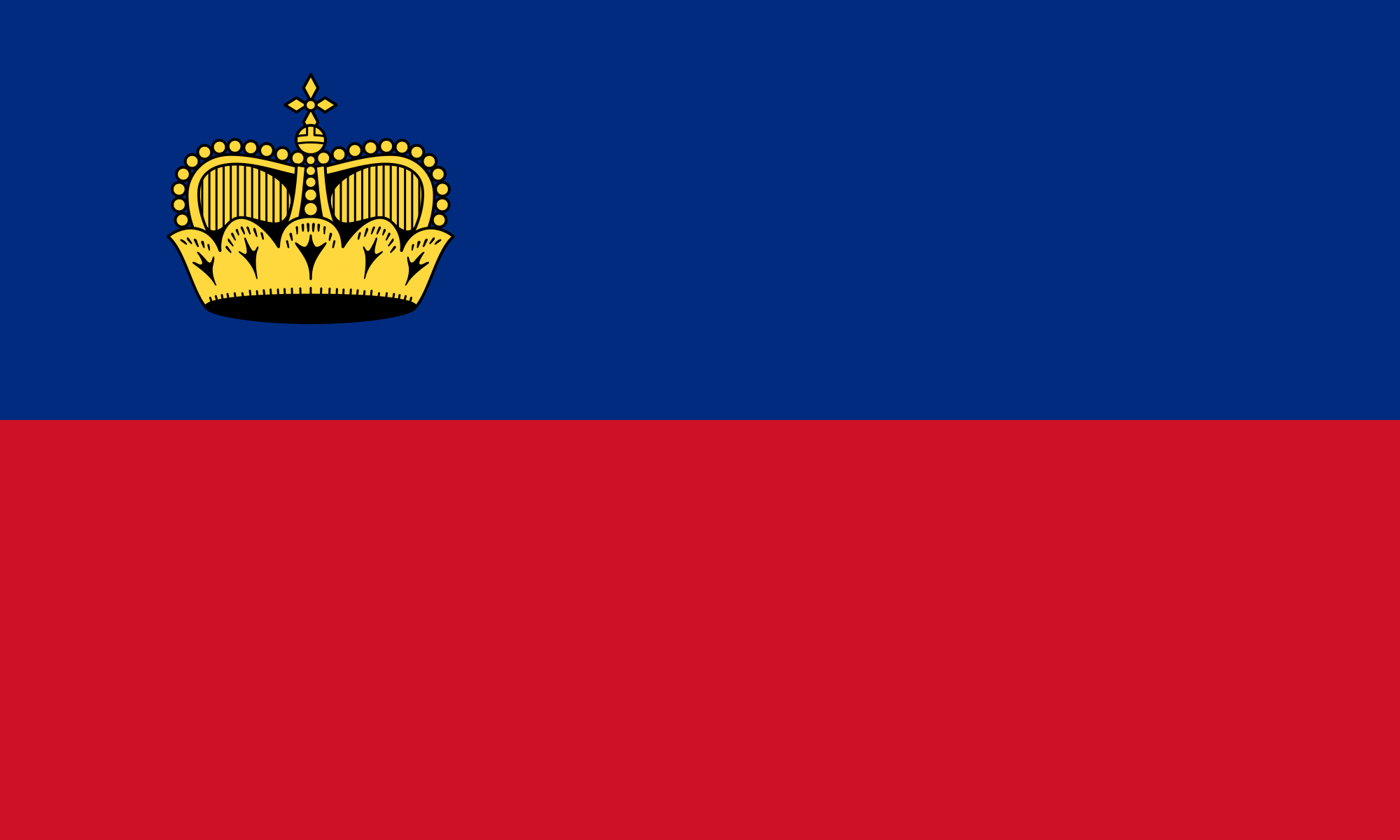| National Factbook |
| Flag: |

|
| Nation Name: |
Zahradia |
| Leader Name: |
Yossef_ibn_Hisham |
| Currency: |

Dollar |
| National Animal: |

Sheep |
| History: |
🇿🇭 The History of Zahradia – From Shadows to Iron Dominion
---
🗿 Ancient Times (Prehistory – 6th Century)
The original Zahradian tribes emerged in the western highlands, living as warlike mountain clans bound by blood and tradition.
They practiced old pagan beliefs and spoke an ancestral language now known as Old Zahradian.
Around the 4th century BCE, a legendary warlord named Orion al-Zahri united several clans under the Black Shadow Pact, whose creed was:
> "We are the night. We are the iron."
---
✝️ Medieval Era (7th – 15th Century)
Christianity entered Zahradia through Byzantine influence, spreading especially in the east and south. Small kingdoms like Zahira embraced Orthodox Christianity, while the highlands resisted religious change.
The nation fell into civil war during the Baptized Blood Wars (1182–1214).
In the aftermath, a Zahradian general named Varius the Conqueror rose from the Ghalabic Highlands, recaptured the ancient capital Valinor, and restored national unity under the symbol of the Black Raven.
---
🕌 Islamic Influence and Arab Migration (16th – 18th Century)
In 1521, with Ottoman expansion, Islam entered Zahradia through the southeast.
Arab Muslim settlers gradually migrated to the central and southern plains, and by the 17th century, Islam became the dominant religion.
Arabic replaced Old Zahradian in official and religious life, especially in urban centers.
Meanwhile, during North African unrest in the 1600s, Amazigh tribes were exiled and resettled in eastern Zahradian mountains, where they developed isolated communities and contributed to agricultural innovation.
---
⚙️ 19th Century – Foreign Influence and National Unrest
European powers infiltrated Zahradia via Christian elites and trade control.
National identity was fragmented, and the state weakened.
Three major failed uprisings stirred nationalist consciousness:
Iron Tariq Rebellion (1817)
Arab Belt Revolt (1863)
The Three Shadows Insurgency (1899)
Though crushed, these uprisings planted the seeds of unification.
---
🛡️ The Iron Unification – Founding of the Modern State (1936)
In 1936, General Sirian al-Zahrawi led a swift, brutal coup and abolished the old parliament.
He founded the Unified State of Zahradia, changed the capital’s name to Al-Ghalaba, and introduced the era of centralized iron rule.
Islam was declared the state religion (80%)
Christianity was tolerated but strictly regulated (20%)
Arabic became the official state language (90%)
Zahradian was revived ceremonially and in military institutions (10%)
---
🔥 The Black Decades (1975–2001)
Zahradia endured ethnic unrest in Arab and Amazigh regions.
General Malik Ghassan, known as “The Raven’s Shadow,” led a sweeping security campaign, crushing rebellion in 12 cities.
While political dissent was buried, infrastructure expanded and military doctrine matured.
---
🦅 The Rise of Yusuf Hesham – The Age of Supreme Order (2025–Present)
Amid silent unrest and institutional stagnation, a young officer named Yusuf Hesham, descendant of ancient warriors, rose within the armed forces.
Without firing a single shot, he overthrew the decaying elite from within.
In March 2025, he proclaimed himself Supreme Leader and Sword of al-Ghalaba, declaring:
> “We will not reform the state… we will recast it in fire.”
He reshaped the national creed, expanded the military complex, and established Zahradian supremacy above all other identities.
---
🌍 Zahradia Today
Zahradians: 68%
Arabs: 29%
Amazigh: 3%
Islam: 80% (official religion)
Christianity: 20% (minority, regulated)
Official language: Arabic (90%)
National ceremonial language: Zahradian (10%)
> One Nation. One Leader. One Flag.
And beneath the wings of the Black Raven… all are watched.
|
| Geography |
| Continent: |
Europe |
| Land Area: |
2,011.68 sq. km |
| Terrain: |
🗺️ Geography of Zahradia
Zahradia lies in the rugged heart of Eastern-Central Europe — a land shaped by stone, steel, and silence.
The nation is dominated by the Ghalabic Highlands in the west, home to ancient fortresses carved into cliffs. Thick pine forests and jagged peaks form natural barriers, making invasions nearly impossible.
The central plains, known as Zahrian Belt, serve as the agricultural and industrial core, heavily militarized and crisscrossed with rail lines and armored highways.
To the east, the Vallin Marshlands stretch like a veil of fog and mud, concealing listening posts, training zones, and detention facilities.
Zahradia has a short, fortified coastline on the Obsidian Sea, where naval bases operate under constant surveillance. |
| Highest Peak: |
Mount Varak,
3 meters
|
| Lowest Valley: |
Vallin Hollow,
-112 meters
|
| Climate: |
🌍 Climate of Zahradia – Land of Iron and Shadow
Zahradia possesses a harsh continental climate, shaped by its mountainous terrain, northern winds, and long seasons of gloom. The weather reflects the nature of the state itself: cold, disciplined, and unyielding.
---
❄️ Winter (November – March)
Winters in Zahradia are long, dark, and merciless.
Temperatures often fall below -10°C in the Ghalabic Highlands, and hover between -5°C to 2°C across the central regions.
Snowfall is frequent and heavy. Bitter northern winds cut through the land.
Military operations slow above ground and shift into fortified underground systems.
---
🌧️ Spring (March – June)
Spring arrives slowly and reluctantly.
Temperatures rise modestly to 8–15°C, but the skies remain overcast.
Fog and persistent drizzle dominate most days.
Flooding from melting snow swells rivers and drowns eastern marshlands.
---
🌤️ Summer (June – September)
Summers are mild and overcast, rarely exceeding 22°C.
Skies remain gray, and sunshine is rare.
It is the most active season industrially and militarily, as the land becomes temporarily stable.
---
🍂 Autumn (September – November)
Autumn descends quickly and harshly.
Temperatures fall rapidly, and rain returns with force.
Fog thickens, days shorten, and the nation shifts back into a state of guarded silence.
---
🧊 Overall Tone:
Zahradia does not welcome warmth nor clarity.
It is a land of iron air and steel-gray skies — a climate of endurance, reflection, and quiet command.
|
| People & Society |
| Population: |
164,874 people |
| Demonym: |
Zahradian, arab |
| Demonym Plural: |
Zahradian |
| Ethnic Groups: |
Zahradian - 68.0%
arab - 29.0%
Amazigh - 3.0% |
| Languages: |
Arabic - 90.0%
Zahradia - 10.0% |
| Religions: |
Islam - 80.0%
Christianity - 20.0%
The worship of allah - 80.0% |
| Health |
| Life Expectancy: |
75 years |
| Obesity: |
7.7% |
| Alcohol Users: |
10% |
| Tobacco Users: |
20% |
| Cannabis Users: |
0.1% |
| Hard Drug Users: |
2.1% |
| Economy |
| Description: |
🏛️ 1. The Economy of Zahradia – From Chaos to Iron Discipline
◼️ Ancient Era
The economy was built on mountain farming, livestock herding, and primitive iron and coal mining.
Zahradian tribes did not use currency, relying instead on barter systems. Control over resources—especially iron—was a symbol of sovereignty, and those who dominated the forges were called “Lords of Fire.”
◼️ Medieval Era
With Byzantine influence in Christian regions, coinage and church taxes were introduced.
A minor trading class emerged, closely tied to religious elites, while rural communities remained impoverished and isolated.
◼️ 16th–19th Century
Arab migration brought structured markets and coin-based trade to the southeast.
By the 18th century, European powers entered the scene through unequal trade deals and the smuggling of strategic crops.
Foreign merchants, mostly Christian elites, dominated entire towns.
◼️ After the 1936 Coup – Era of Nationalization
General Sirian al-Zahrawi nationalized the banks, mines, and farmland.
He launched the “Triple Iron Plan” focused on agricultural reform, self-sufficient mining, and eliminating economic dependency.
◼️ The Yusuf Hesham Era – Militarized Economic Order
In 2025, Supreme Leader Yusuf Hesham declared the end of the free market.
The national currency, the Rifan, was introduced and pegged to steel and iron output instead of gold or foreign reserves.
State-owned agricultural zones were created under military supervision, and all border trade was restricted to tightly controlled “negotiation zones.”
> "No economy without security. No security without the sword." |
| Average Yearly Income: |
$49.69 |
| Gross Domestic Product (GDP): |
$669,167,214.00 |
| GDP per Capita: |
$4,058.63 |
| Gross National Income (GNI): |
$495,925,865.00 |
| Industries: |
🏭 2. Industry in Zahradia – From Flame to Forged Steel
◼️ Ancient Industry
Zahradian tribes were known for smelting iron in primitive furnaces, crafting swords and tools that were treated as sacred heirlooms.
◼️ Medieval Stagnation
Under noble and church control, domestic production declined, replaced by imports from Byzantine allies.
Local craftsmanship was reduced to ceremonial artifacts.
◼️ 18th–19th Century – Colonial Exploitation
French and Italian firms established minor textile and leather industries for export.
The local population remained uninvolved and poor, while Christian collaborators profited.
◼️ Post-1936 – Birth of the National Industry
Sirian al-Zahrawi launched the first national weapons factories.
State-owned steel plants and transport equipment assembly lines were established across western provinces.
◼️ The Heshamist Age – Total Industrial Militarization
Supreme Leader Yusuf Hesham initiated a national industrial overhaul:
Launch of the Ghalaba Heavy Industry Complex
Production of indigenous drones like the Ghaleb-21
Creation of closed production cities under military command
Replacement of bonuses with industrial ranks
Industry in Zahradia is no longer economic—it's ideological.
Non-producers are viewed as burdens on the state.
> "Either you produce, or you are forgotten."
|
| Military |
| History: |
🪖 3. The Zahradian Armed Forces – Sword and Brain of the Nation
◼️ Pre-Modern Tribal Militias
Each tribal chief commanded his own militia, called the Crow Flock.
The combat style was ambush-based and terrain-focused.
One legendary figure, Orion al-Zahri, unified many tribes through ruthless campaigns.
◼️ Medieval Fragmentation
Mercenary armies loyal to nobles weakened national defense.
The fall of the capital Valinor in 1213 was a result of internal disunity.
It was reclaimed in 1221 by Varius the Unifier.
◼️ Post-1936 – Birth of the National Army
Sirian al-Zahrawi abolished private militias and formed a centralized military force.
National academies were built, and mandatory service was introduced.
◼️ 1970–2000 – The Doctrine of Inner War
General Malik Ghassan launched a brutal counterinsurgency campaign.
He developed the doctrine of “Total Internal Warfare,” prioritizing loyalty and swift suppression.
◼️ Yusuf Hesham's Era – Rebirth of the Iron Legion
Under Yusuf Hesham, the military was fused with all branches of state power:
Ground Forces: Shield of al-Ghalaba – armored, mechanized, and ever-present
Air Forces: Zahradian Falcons – equipped with locally made drones and strike aircraft
Naval Forces: Obsidian Fleet – small but elite, focused on coastal defense and covert missions
Special institutions were created:
The Iron Guard: elite domestic security tasked with enforcing ideological unity
The Ghalaba War Academies: train officers under strict nationalist doctrine
Every soldier must swear the Oath of the Black Raven, recited only once in a lifetime—unless reborn in death.
> "We are the state. All else is a shadow." |
| Soldiers: |
0 |
| Tanks: |
0 |
| Aircraft: |
1 |
| Ships: |
0 |
| Missiles: |
0 |
| Nuclear Weapons: |
0 |
| Last Updated: 06/20/2025 03:38 pm |













